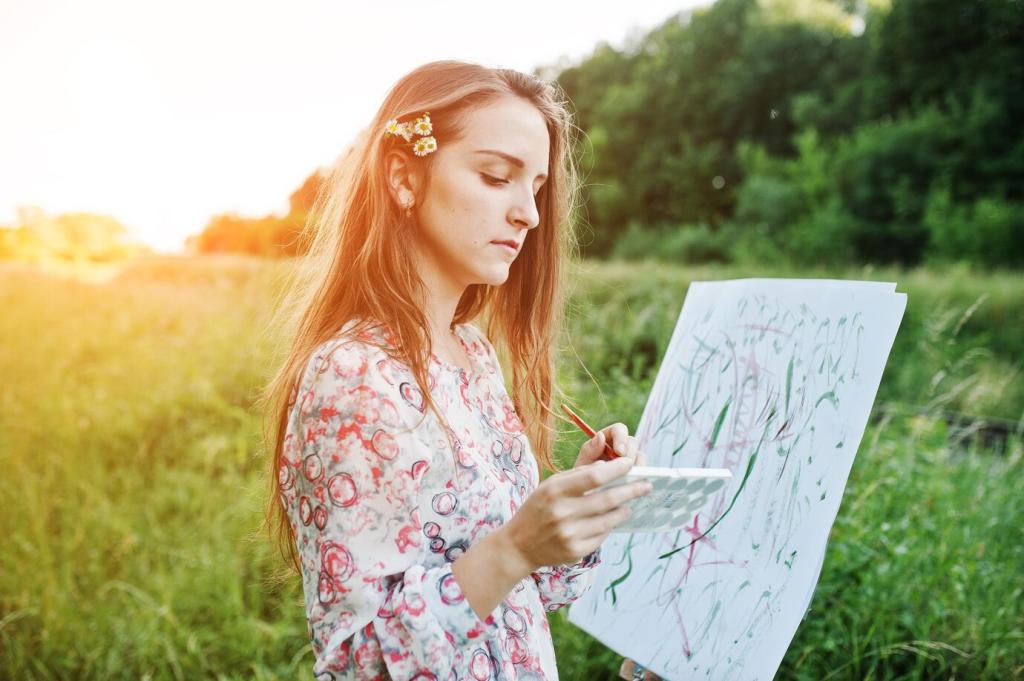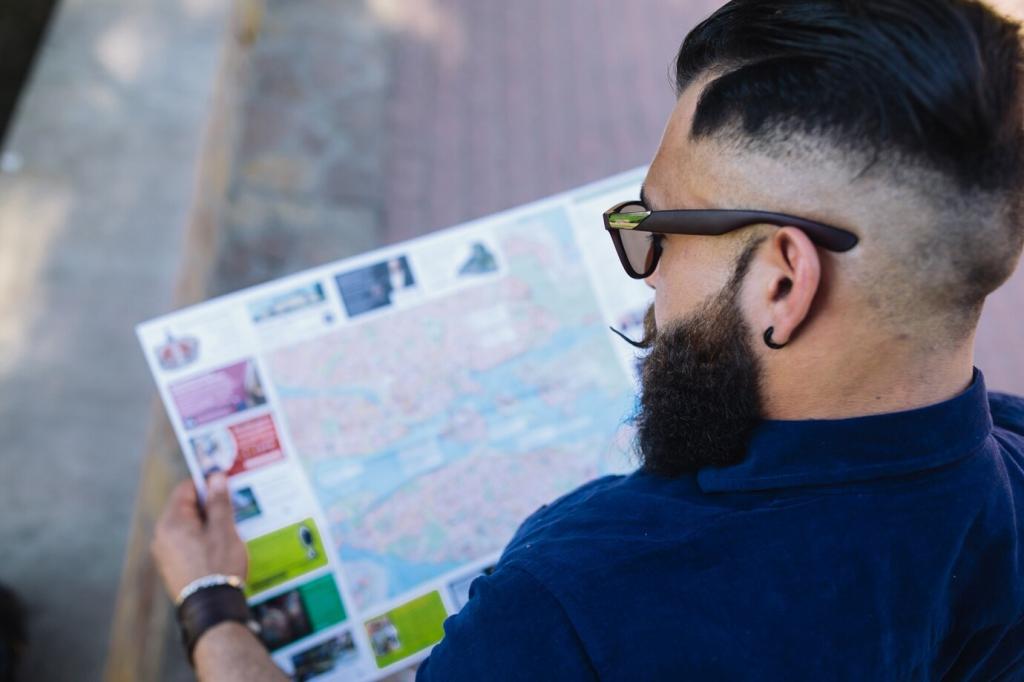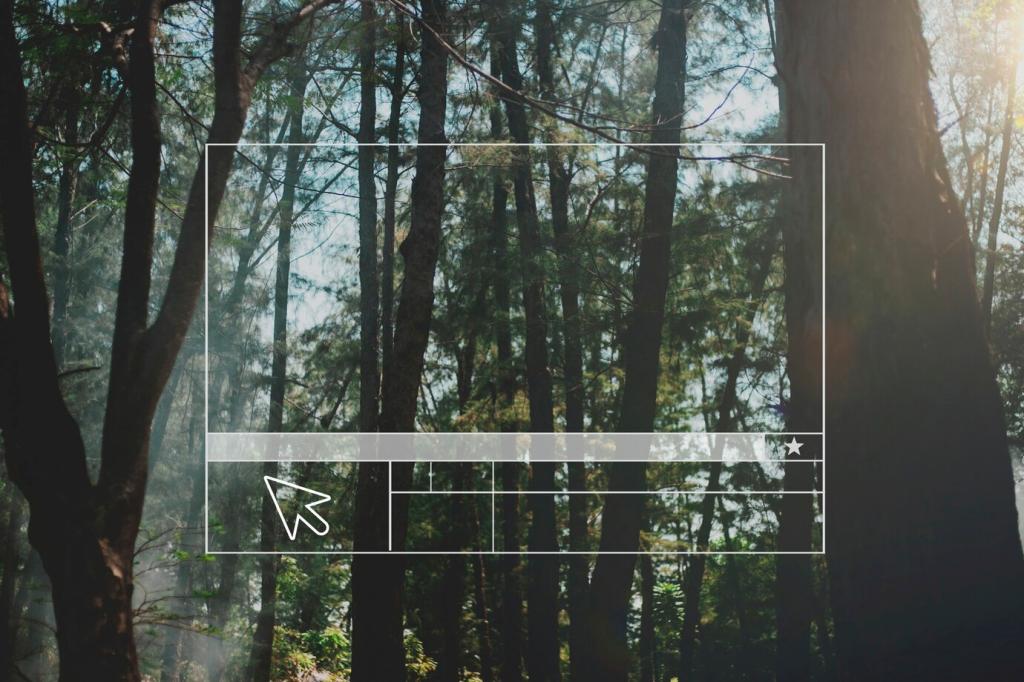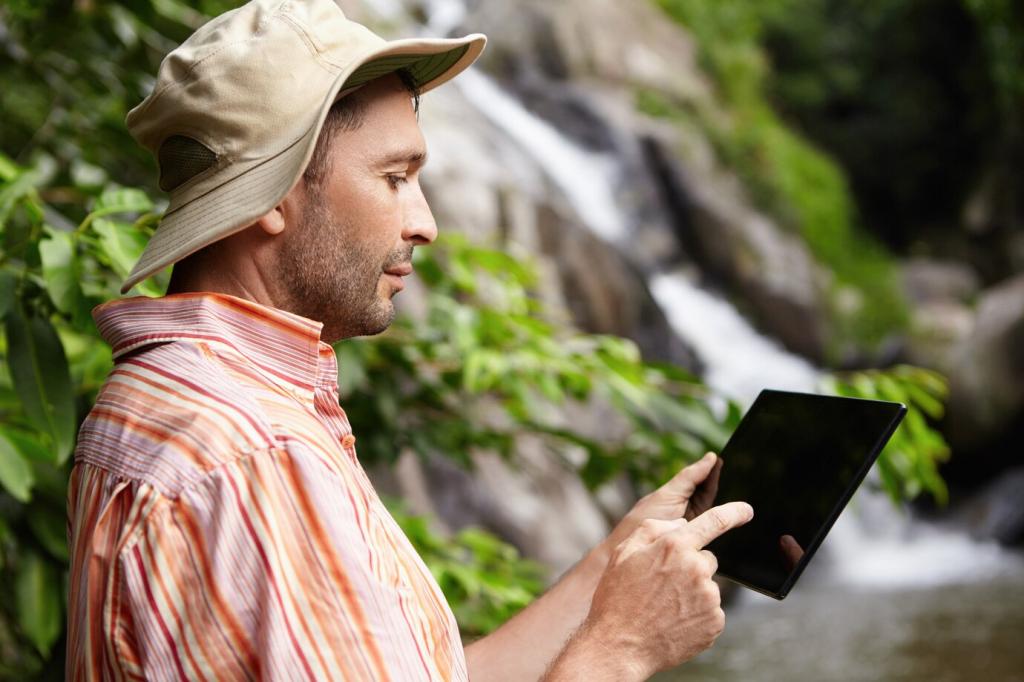Composing Landscapes That Lead the Eye
Create a pathway using contrast, temperature shifts, and suggestive edges. A river can lead to a sunlit bank; a fence can arc toward a distant barn. Keep competing accents subdued. I changed a hard edge to a soft one and the eye finally flowed. Map your path and tell us what you muted to make it work.
Composing Landscapes That Lead the Eye
Notan sketches reduce the scene to dark and light, exposing compositional strength or weakness quickly. Thumbnails let you rearrange mountains, widen rivers, and simplify trees before paint touches canvas. Five minutes here saves five hours later. Post a before–after thumbnail pair and explain one decisive change you made.








